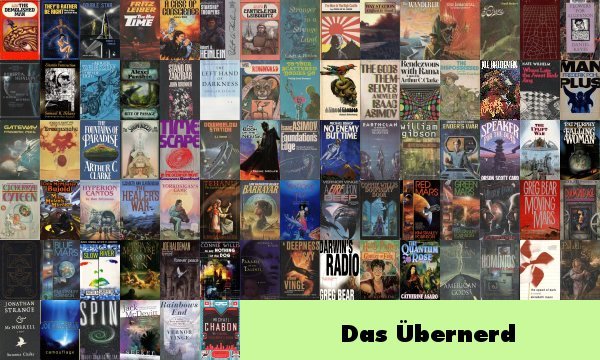
For this last trip into my library for a while I want to honor a man who paved the way for nerds: Herbert George Wells. Aside from being one of the people who the majority of science fiction descends from he had a myriad of other interests taken to a degree that would be considered nerdy today. What I'm going to talk about though is the fact that he was the first man to codify kriegspeil, or war game.
Yes, the author of War of the Worlds and The Invisible Man also created the first published war game and so besides science fiction he's also the father of a significant percentage of modern gaming. Modern war games grew from his design, it's the earliest known rule set for miniatures, role-playing games sprung from war games, and between those three they extend into the majority of games published today.
There are two books of note that Wells wrote on the subject and the most important of these is Little Wars. Wells took his inspiration from descriptions of games played by Prussian officers and an article by Robert Louis Stevenson. Neither of them ever published their rules so they are lost to history leaving us with Wells's as the first widely available one.
Who can play Little Wars? Well according to the second sentence: "It can be played by boys of every age from twelve to one hundred and fifty - and even later if the limbs remain sufficiently supple, - by girls of the better sort, and by a few rare and gifted women." Which, of course, explains why women don't play war games; being insulted by the Victorian who created them was just too much of a turn off.
The game is intended to be played with Napoleonic style tin soldiers with each player taking at least forty men to a side. Substitutions for these by modern players is easy but the basis of the game is the artillery which is not. Wells used spring loaded cannons which were built to scale with with soldiers and the point of the game is maneuvering and firing these weapons. I have seen substitutions made with toy guns but it is not the same thing.
Wells's system is a simple one: players alternate turns and each unit can move a certain distance. Infantry move one foot, calvary two, and cannons and carts just one if they have a team in place to move them. Once a player has moved all of the forces on their side they may then fire their cannons a number of times depending on if a team is in place to man and load them. Anyone hit is dead and once this is resolved formations of men combat. They are resolved in straight numbers; an overwhelming number will win and if one side does not have a significant advantage then they whittle each other down. That's the basic form of the game but Wells goes on to provide rules for a command unit and campaign play.
The other book is Floor Games which despite the title does not include any actual games. Instead Wells describes building terrain and structures for the toy soldiers. Floor Games was written before Little Wars so it does not describe any kind of formal game and instead Wells tells the reader how his children use them.
These books have been reprinted multiple times in the past hundred years but I'd recommend the editions from the 1970's. They are facsimiles of the original printings and include some clever marginal illustrations as well as some of Wells's own photographs of games and structures. The books are very entertaining and any gamer with a sense of history should enjoy them.





